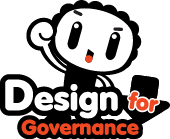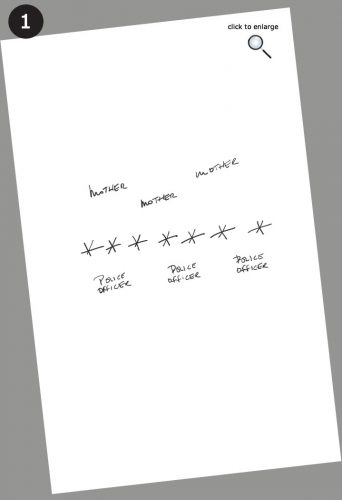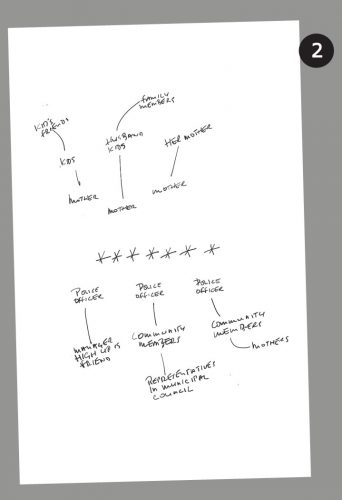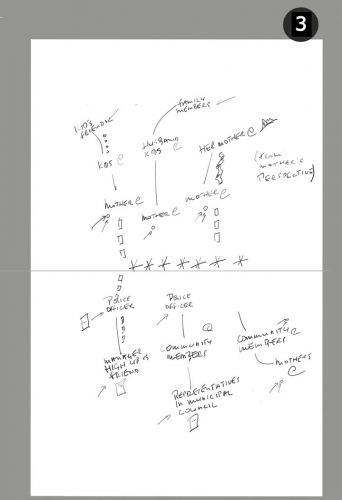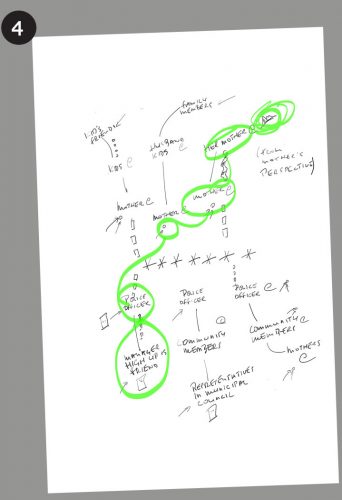“I am Alfred” An Exercise in Mapping, and Designing Suitable Scenarios
Example
What when all the pieces mentioned come into play? Using a true story a map is made, a scenario is projected in it and the character of experimental interventions is determined. Let’s walk through the whole procedure.
This is about an urban neighbourhood known for bad things. There is a tradition of taking celebrations as a reason for destruction. City government intent on ridding the city of lawlessness preemptively shuts down the neighbourhood, with a police force guarding crush barriers at the entrances of the neigbourhood. Police officers there are not all happy with the situation. One of them tells a neighbourhood community member that she would rather be on the other side of the barrier. “I want to serve your interests, rather than those of the police,” she says.
That is taken as an invitation to start a discussion on something a group of mothers in the neighbourhood have been talking about. Them too being fed up with what has become a normal ritual of breaking things and intimidating people they have been wondering what they can do. Especially the fact that young kids are drawn into the rampage is reason enough to not just depend on law enforcement.
“We have plans to do our thing,” one of the mothers says. “But it would be so useful to have a sound cooperation with you guys,” referring to the police officers present. They are uneasy. “We are not even allowed to talk with you,” one of them explains the painful situation.
Finally
In all this, we at Design for Governance attempt to make a very complex exercise doable.
And -to an extent- learnable.
If we have succeeded, you will have a lot of questions.
Please do not hesitate to contact us.
